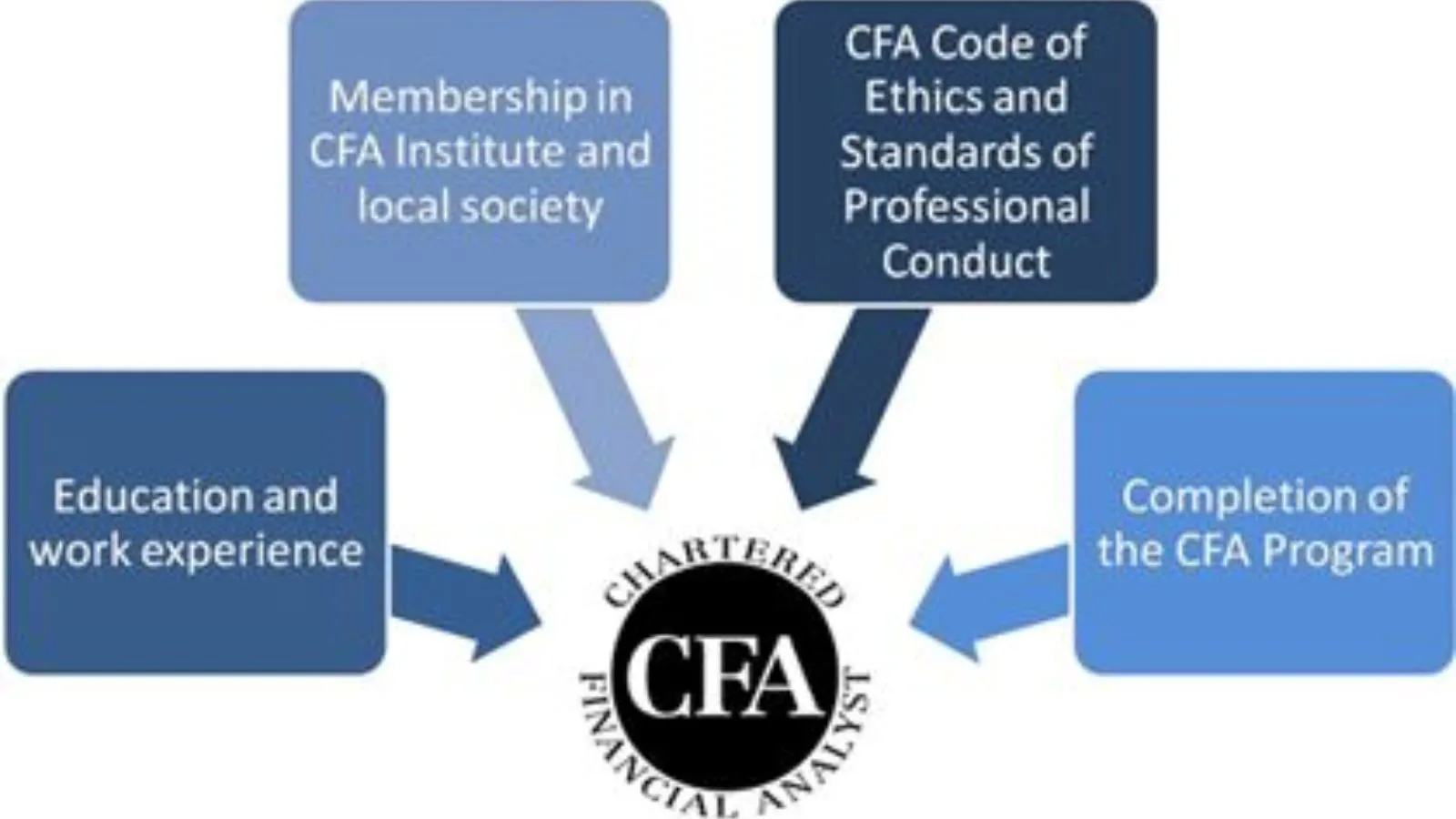Have you ever come across the term CFA in education and wondered what it means? Many people search for this phrase because it appears in school reports, teacher training materials, and academic evaluations. However, it often creates confusion. Is it an exam? A role? Or just an academic term?
Common Formative Assessments (CFAs) are teacher-developed evaluation tools that measure students’ comprehension of particular learning objectives during instruction, not after it is over. Unlike summative assessments, CFAs are continuous, collaborative, and diagnostic, enabling teachers to make real-time adjustments to their teaching methods.
In reality, CFA stands for Classroom Formative Assessment, a vital concept in modern education. Teachers, school leaders, and even parents look for this term to understand how student learning is tracked and improved during the teaching process.
Understanding CFA in education helps both educators and students identify learning gaps early, allowing for better performance and growth. This article breaks down the meaning, origin, and usage of CFA, clarifies its role in British and American educational systems, and explains when and how to use it correctly. Let’s explore everything you need to know about this essential educational term.
What Does CFA Stand for in Education?
CFA stands for Common Formative Assessment. It is a collaborative assessment tool used by teachers within the same grade level, department, or subject area to evaluate student understanding of specific learning objectives. Unlike summative assessments that measure learning at the end of a unit, CFAs are administered during the learning process to guide instruction and improve student outcomes.
Understanding Common Formative Assessments
The Three Key Components
- Common: The assessment is created and used by multiple teachers who teach the same content, ensuring consistency across classrooms.
- Formative: It provides ongoing feedback during the learning process rather than at the end, allowing for instructional adjustments.
- Assessment: It measures student understanding of specific learning targets or standards.
How CFAs Differ from Other Assessments
CFAs are distinct from other types of educational assessments:
- Formative vs. Summative: While summative assessments (like final exams) evaluate learning after instruction is complete, CFAs occur during instruction to inform teaching decisions.
- Common vs. Individual: Unlike teacher-created quizzes that vary by classroom, CFAs are standardized across multiple classrooms to ensure equity and consistency.
- Low-Stakes vs. High-Stakes: CFAs typically don’t count heavily toward final grades, reducing student anxiety and encouraging honest demonstration of understanding.
Purpose and Benefits of CFA in Education
For Teachers
Data-Driven Instruction: CFAs provide actionable data that helps teachers identify which concepts students have mastered and which need reinforcement.
Collaborative Planning: Teachers work together to create assessments, analyze results, and share effective teaching strategies.
Early Intervention: By identifying struggling students early, teachers can provide targeted support before students fall too far behind.
Professional Development: The collaborative nature of CFAs promotes professional learning communities where educators grow toget
For Students
Improved Learning Outcomes: Regular feedback helps students understand their progress and focus their study efforts effectively.
Reduced Test Anxiety: Because CFAs are low-stakes, students can demonstrate their knowledge without the pressure of high-stakes testing.
Personalized Support: Teachers can provide individualized or small-group instruction based on CFA results.
Clear Learning Targets: CFAs help students understand exactly what they’re expected to learn.
CFA in Education – Quick Answer
CFA stands for Classroom Formative Assessment.
It refers to the continuous process teachers use to assess students’ understanding during lessons rather than after them.
For example:
- A teacher asks students short questions to check understanding.
- Students complete quick quizzes or write reflections.
- Teachers adjust lessons based on student feedback.
CFA helps identify strengths and weaknesses in real time, improving learning outcomes. It’s not a final test but a tool for growth.
The Origin of CFA in Education
The concept of formative assessment dates back to the 1960s when education researchers first distinguished between formative and summative assessments.
- Formative means to shape or form learning.
- Summative means to summarize learning results.
Over time, “Classroom Formative Assessment” became shortened to CFA. The term gained popularity in professional teacher training and academic research around the 1990s.
While the idea originated in the United States, it quickly spread worldwide, especially in the UK, Canada, and Australia. The spelling and usage have remained fairly consistent across regions.
British English vs American English Spelling
There are no spelling differences in CFA itself, but the terms assessment and evaluation sometimes vary slightly in meaning.
Here’s how both regions interpret related terms:
| Term | British English Meaning | American English Meaning |
|---|---|---|
| Assessment | Measures learning progress | Tests or grading method |
| Evaluation | Judging quality or standards | Often means final grading |
| Formative | Ongoing feedback | Continuous classroom check |
Additionally, British schools often use “pupil progress,” while American schools use “student achievement.” Despite these variations, CFA is understood globally as a method for ongoing student learning assessment.
Which Spelling Should You Use?
If your audience is:
- In the United States → Use CFA (Classroom Formative Assessment) and mention it supports student achievement.
- In the UK or Commonwealth countries → Use CFA and refer to pupil progress or learning development.
- For global readers → Stick with CFA (Classroom Formative Assessment). It’s clear, consistent, and professional.
In every case, the abbreviation remains the same. Only supporting phrases or context change slightly.
Common Mistakes with CFA in Education
Many people misunderstand or misuse CFA. Here are frequent errors and their corrections:
| Mistake | Correction |
|---|---|
| “CFA means Certified Financial Analyst.” | In education, CFA stands for Classroom Formative Assessment, not finance. |
| “CFA is a final exam.” | It’s a process, not a single test. |
| “CFA replaces all other assessments.” | It supports other assessments, not replaces them. |
| “CFA is only for teachers.” | Students and parents can also use CFA data for improvement. |
Understanding these distinctions ensures accurate communication in academic settings.
CFA in Everyday Examples
Here’s how CFA appears in real-world educational contexts:
- Emails: “Please share your CFA results before the staff meeting.”
- News Articles: “Schools adopting CFA saw a 20% improvement in student engagement.”
- Social Media: “#Teachers using CFA make lessons interactive and effective.”
- Formal Writing: “CFA techniques promote reflective teaching and adaptive learning strategies.”
These examples show that CFA isn’t just theory—it’s part of everyday teaching practice worldwide.
CFA – Google Trends & Usage Data
According to Google Trends, the keyword “CFA in education” is most searched in:
- United States
- United Kingdom
- India
- Canada
- Philippines
Search interest rises during academic years, especially in teacher training and curriculum development seasons.
Below is a simple comparison of search popularity:
| Country | Search Interest (Index 0–100) |
|---|---|
| USA | 100 |
| UK | 82 |
| India | 68 |
| Canada | 54 |
| Philippines | 47 |
This shows global recognition and consistent growth in searches for “CFA in education.”
FAQs about CFA in Education
1. What does CFA stand for in education?
It means Classroom Formative Assessment, used to monitor learning progress.
2. How is CFA different from a final exam?
CFA happens during lessons, while final exams measure what was learned afterward.
3. Who uses CFA?
Teachers, students, and educational administrators use CFA to improve teaching methods and learning outcomes.
4. Is CFA the same as feedback?
Feedback is part of CFA, but CFA is a complete system of checking, analyzing, and improving learning.
5. Why is CFA important?
It helps identify student weaknesses early and allows timely teaching adjustments.
6. Is CFA used in online education?
Yes. Digital quizzes, polls, and progress trackers are all forms of CFA.
7. Can students self-assess in CFA?
Absolutely! Self-assessment is a core part of formative learning.
Conclusion
In short, CFA in education—Classroom Formative Assessment—is a modern and powerful teaching approach. It helps teachers adapt lessons based on how well students are learning, rather than waiting for test results. Unlike exams that summarize learning, CFA shapes learning as it happens.
Whether you’re a teacher, student, or educational planner, understanding CFA ensures better communication and more effective teaching. It’s used globally and bridges the gap between traditional testing and personalized learning.
As education continues to evolve, CFA will remain a cornerstone of student success and classroom improvement. So next time you hear “CFA,” remember—it’s not a finance term but a teaching strategy that transforms learning into a dynamic, interactive process.


Leave a Reply